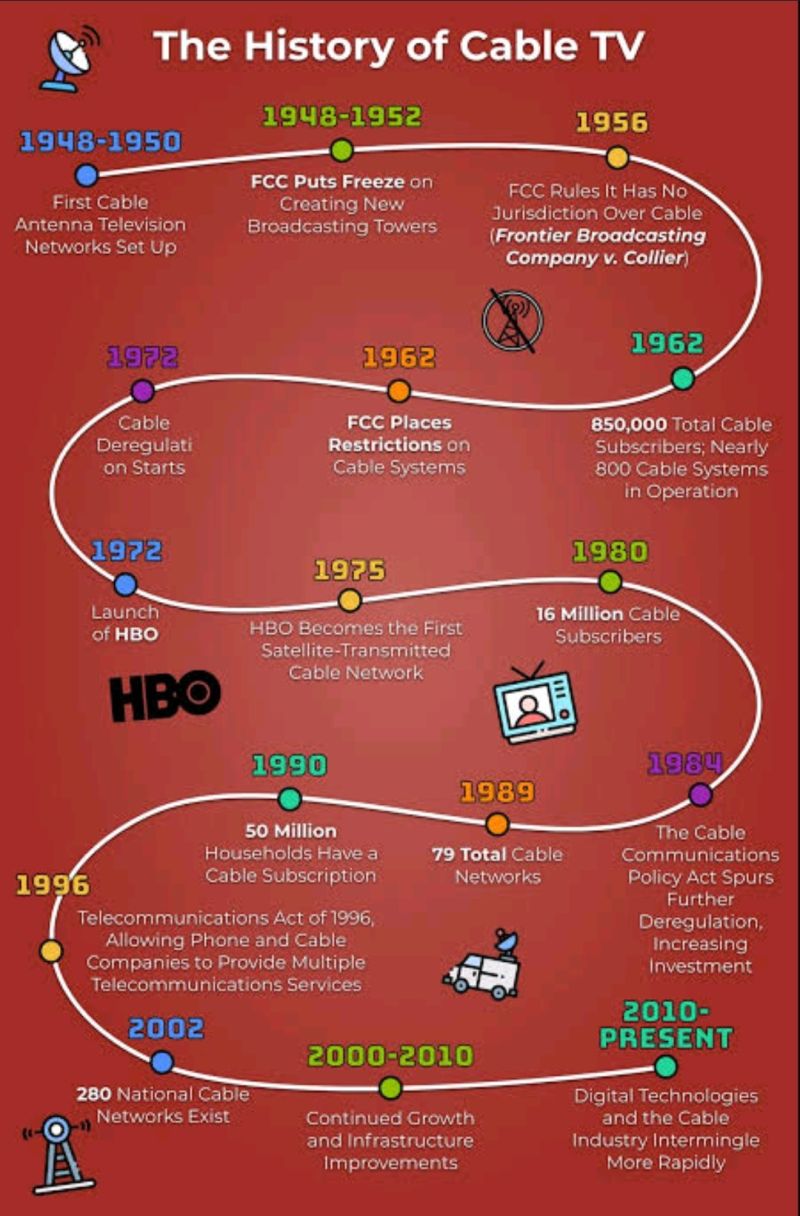Content Distribution
Cable TV Life Cycle

The product life cycle of cable TV in India began in the late 1990s with its introduction, catering to a niche audience seeking enhanced television viewing options.
In the growth stage during the early 2000s, cable TV gained popularity as more households embraced the convenience and variety it offered compared to traditional terrestrial broadcasting.
The cable TV industry reached its maturity stage by the mid-2010s, witnessing widespread adoption across urban and rural areas with a vast array of channels and content.
During the maturity phase, the market became highly competitive with the emergence of Direct-to-Home (DTH) satellite services, challenging cable TV’s dominance.
As streaming services gained momentum, cable TV experienced a decline in the late 2010s, marking the beginning of the decline stage.
Despite the competition, cable TV providers adapted by offering bundled services, high-definition channels, and value-added packages to retain their customer base. During the decline stage, cable TV faced challenges in adapting to the digital age, but it remained relevant for certain demographics and regions with limited internet access.
Some cable TV operators diversified into providing broadband internet services to sustain their business and leverage existing infrastructure.
In recent years, cable TV operators have focused on revamping their offerings and integrating with online streaming platforms to stay competitive in the evolving media landscape.
The future of cable TV in India now relies on its ability to innovate and integrate with emerging technologies, as it seeks to find a balance between traditional broadcasting and the digital era.
This article is authored by :-
Arghatosh Chatterjee
Sales & Marketing Specialist
Cable & Broadband Business






